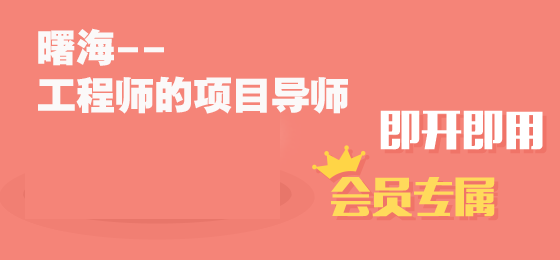 课程大纲:
课程大纲: Advanced SOA - Architected, Governed, Integrated, and Cloud-Ready培训
1. First Things First: Enterprise and Application Architecture
Definition of (Enterprise) Architecture
What drives the need for architecture?
Architecture objectives, standards and frameworks
Logical vs. physical architectures
Common application architecture patterns
Multi-step Process pattern
Composite Application pattern
2.SOA Phase 1
The pieces of the SOA puzzle
How SOA enables business strategies
Services and SOA defined
What is the notion of “Applications” in SOA?
The Service Layer model
Infrastructure services
Application services
Orchestration services
SOA Case study
Sample outline for an SOA Blueprint document
Sample business event walk-through
Key SOA characteristics
Architecture level loose coupling
Service level loose coupling
Next Generation SOA
Synchronous vs. Asynchronous services
SOA in the cloud
SOA and standards
SOA challenges
3.Service- or Resource-Oriented Architecture, or Both?
Representational State Transfer (REST)
The concept of resources
The uniform interface
Architectural constraints
What about business logic?
Perceived deficiencies of REST
When to use REST, when to use a traditional SOA
REST as the choice to support the presentation layer
The synergy of Rich Internet Applications (RIAs) and REST
JavaScript Object Notation (JSON) vs. XML for RIAs
Case study
Conceptual architecture
RESTful vs. SOAP-type Services
4.Managing the SOA Evolution: SOA Maturity Models & Roadmap
Defining the goals – SOA maturity models
The Open Group Service Integration Maturity Model (OSIMM)
Overview
Maturity dimensions
Maturity levels
How to asses your SOA maturity
Example - Progress Software Maturity Model
How do we get there – developing a SOA Roadmap
Case study: mapping a Maturity Model to a Roadmap
5.From Chaos to Order: SOA Governance & the IT Organization
Why SOA needs governance
Business vs. IT vs. EA vs. SOA Governance
Categories of SOA Governance
Design time governance
Run time governance
SOA Governance goals
SOA Center of Excellence (COE)
Roles and responsibilities within the IT organization
6.Get a Running Start with SOA Governance Frameworks
Open Group standards
SOA Governance Reference Model (SGRM)
SOA Governance Vitality Method (SGVM)
IBM SOA Governance and Management Method (SGMM)
7. A ROI Calculator For SOA - Let The Numbers Do the Talking
Approaches to ROI calculation
Case Study
Business process walk-through
Architecture scope
Architecture overview
Service layer model
ROI Through Service Reuse
ROI Defined
ROI Model for Software Reuse
Reuse beyond the core application project
Conclusions
Keeping track of reuse
8.The New Frontier: Cloud Computing
Cloud definition
How did we get here? From application hosting to SaaS to public & private cloud
Chose your flavor: IaaS, SaaS, or PaaS?
Moving applications into the cloud
Resource virtualization
Automated, on-demand provisioning of resources
Shared infrastructure and applications
9.The Synergy of SOA and Cloud Computing
SOA and cloud are complementary
SOA/Cloud synergy
SOA + SaaS
SOA + PaaS
SOA + IaaS
Putting it all together: the SOA-Cloud
10.Across Application Silos: The Integration Landscape
The integration landscape – the big picture
Data level integration
Extract, Transform, Load (ETL)
Interface level integration (a.k.a. application integration)
The messaging backbone
Data transformation
Content-based routing
Establishing application connectivity through adapters
Integration design patterns
Service Oriented Integration (SOI)
Advantages over traditional Enterprise Application Integration (EAI)
11.From Enterprise Service Bus (ESB) to Internet Service Bus (ISB)
The Enterprise Service Bus
Introducing the ESB
Conceptual ESB architectures
How do enterprises use ESBs today?
The need for cloud integration and its challenges
From ESB to “Internet Service Bus” (ISB)
The product landscape – ESB and ISB examples
12.Putting It All Together: Developing an Integration Strategy for Your Company
Classification of integration architectures by the degree of coupling
Approaches to leverage and migrate legacy systems
Comparison of integration approaches and technologies
Decision criteria for selecting a particular approach
Integration with the data architecture
13.Conclusions
Summary of the seminar
Outlook: SOA, Cloud, mobile and the consumerization of IT





